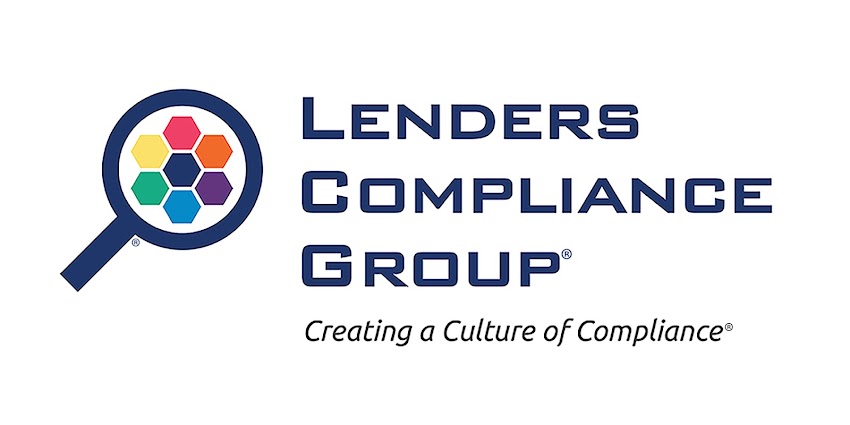This year I feel a heavy heart on the holidays. My greatest heartache comes from the sadness of losing so many of our fellow Americans to the lethal COVID virus.
And the next few months will show an increase in deaths due to COVID, possibly as much as nearly a half-million by the spring. None of us has ever experienced anything like this loss. It is so huge that my mind has a hard time contemplating its immensity. Each person who has died – some of whom I have known and loved – deserved to be with their family on these holidays. Now it cannot be.
I wrote the Business Continuity Plan Checklist & Workbook, includes COVID-19 Pandemic Response to contribute in my way to helping people to be careful, plan, accept science, set aside hubris, and protect themselves, their families, other employees, and their fellow Americans. I did not charge a fee. A publisher asked if I would sell it. How can one charge for such information that is needed in the middle of a pandemic?
The document is now on its eighth update, last published on November 5th, consisting of 211 pages. The ninth update will follow soon, since the federal relief plan has only just now been signed into law. The downloads have exceeded well over a thousand. Yet, I wonder if my effort was effective. I hope so. If it changed a few organizations to act responsibly, even just a few, it was well worth the effort.
We just passed Hanukkah, the Festival of Lights, a time to realize that a little hope goes a long way, like the consecrated lamp oil that was found for use to last a single day in the ancient temple, which had been destroyed; yet the oil burned for eight nights. Perhaps you can see that, against all odds, we should have faith in new beginnings.
We just passed Christmas, on December 25th, the date fixed in the fourth century to coincide with the winter solstice; the Eastern church celebrates it on January 7th. It has been referred to as the Feast of the Nativity. What does Jesus symbolize if not the chance to have faith in new beginnings?
We just passed the beginning of Kwanzaa, on December 26th, the annual celebration of African-American culture dedicated to a striving for the seven principals of unity, self-determination, collective work and responsibility, cooperative economics, purpose, creativity, and faith. It celebrates the festival of "first fruits," a dedication to family, community, and culture - a time to have faith in new beginnings.
And the New Year approaches, inevitably, as a reminder that our time is finite, so we should look within to have faith in new beginnings.
These holidays are joyous but also bittersweet. Joyous because they remind us to have faith in new beginnings; bittersweet because each of them comes with a sense of having lost hope at times, ruminations about challenges that seemed too great to bear – and we reflect on what was lost along the way.
We put down our path as we walk it. Our path is uniquely ours. Friends and family are part of our joy. We are together, but, ultimately, we are alone to face the consequences of our actions. Psalm 30:5 says, weeping may tarry in the night, but joy cometh in the morning. Let us have hope.
Many people I have spoken to seem to grasp at life continually, but I think living well is learning to let go. It seems natural to grasp, but I think letting go is the way to move from strength to strength. We don’t have to be afraid of letting go because we grow when we let go, we heal when we slough off the coils of the past.
So, for me, the holidays this year are a somber time. I will reflect. I will hug my loved ones with all my might. I will make sure I am in contact with them, too, by remote viewing.
And I will find it within myself to have faith in new beginnings.
Dear friends, clients, colleagues, and subscribers, may this holiday season fill you with faith in new beginnings. Keep open the door to your heart in memory of those who have lost so much this year due to the pandemic.
Take good care of yourselves and loved ones, so that you stay safe and healthy. We will get beyond these challenges and find new insights to strengthen our souls. Courage.
Jonathan
Chairman & Managing Director
Lenders Compliance Group
